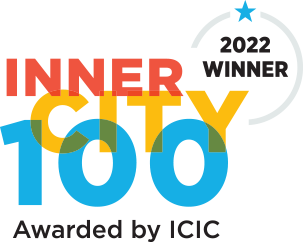As clients embark on transportation projects across the country, the integration of technology is essential to the success of the project. From regional studies to large multi-state transportation projects – local, state, and federal guidelines require public involvement / participation programs. These programs have evolved from a simple public meeting at the beginning and the end of a project to continuous interaction throughout the project development process. In addition, these programs are an opportunity for citizens, key stakeholders, and community groups to provide comments and play an integral role in the alternatives development process. Ultimately, the feedback provided affect final decisions and project phasing and implementation.
In a technology-driven world along with the rise of social media, personal and business communication has been altered. This alteration has caused many firms to seek out new ways using technology and tools to communicate. InGroup, an outreach communications agency, often integrates interactive and mobile-friendly features on project websites to encourage public input. For example, on a local New Jersey Bus Rapid Transit (BRT) Study, site visitors utilize Google pin mapping to identify where they travel. In addition, online surveys are used to collect detailed information. Both platforms provide an opportunity for citizens and key stakeholders an opportunity to interactively participate in the planning process.
“We look beyond traditional public involvement techniques to include digital platforms that allow citizens, key stakeholders, and community organizations to participate interactively and stay engaged in the process,” said Marlene Pissott, president of InGroup. “It is vital to offer a wide-range of innovative solutions as part of a meaningful strategic plan.”
Beyond website technology and tools, open source technology and smartphone applications are on the rise. Recently, Vanasse Hangen Brustlin, Inc. (VHB), a planning and engineering firm, developed the free BikeWays smartphone application that allowed users to record their bicycle trips as part of a bicycle master plan in Providence.
“Developing smartphone applications is a great way for planners and engineers to better understand the specific needs of a project and the qualitative data collected can be beneficial to the outcome of the project,” said Bill DeSantis of VHB and a member of the Bicycle Technical Committee of the National Committee on Uniform Traffic Control Devices. “Our app can help transportation planners make their city a better place to bike said DeSantis.”
Technology geared for public participation can reach more people, solicit more input, and can be more cost efficient.


